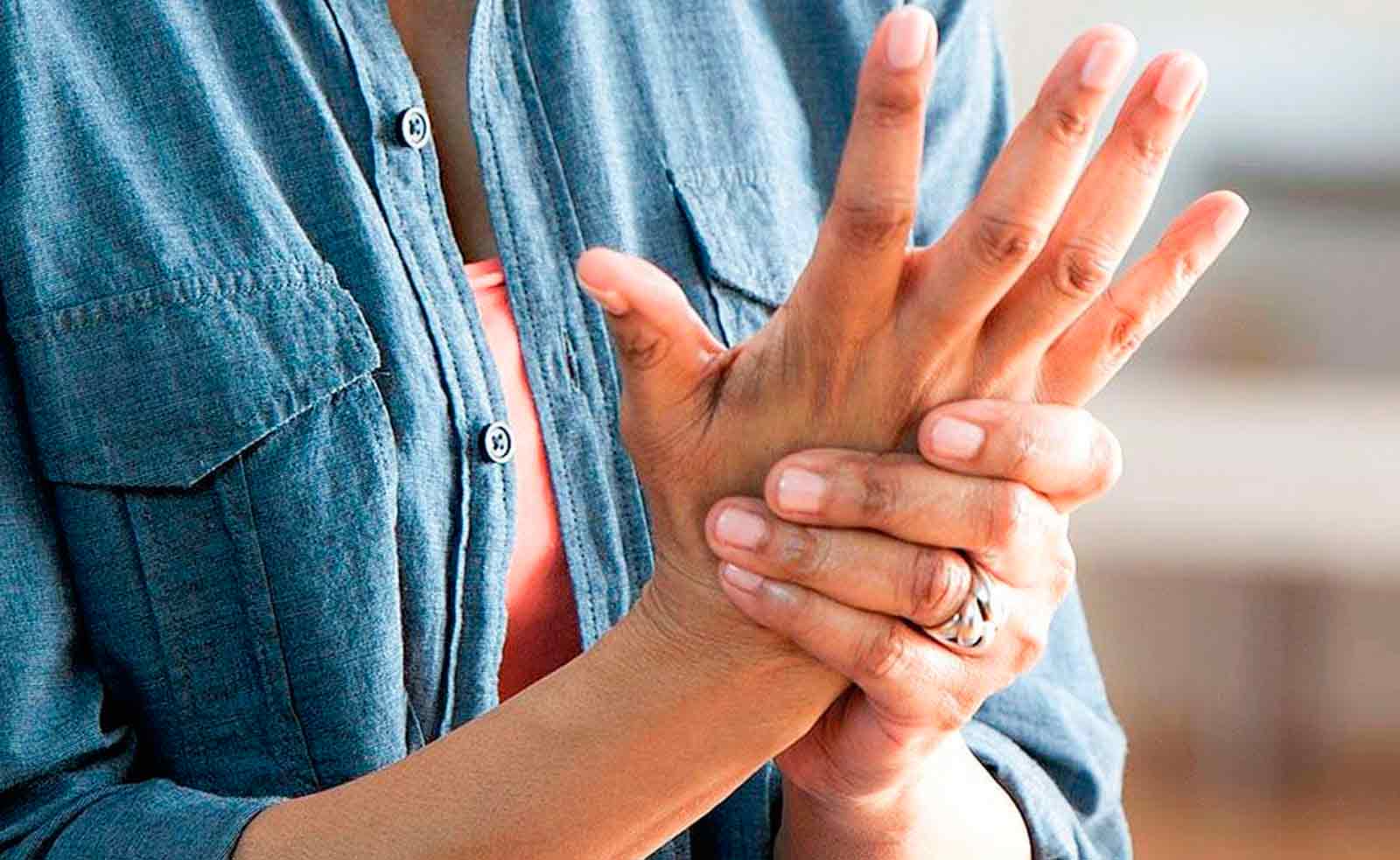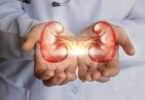Rheumatoid arthritis has treatments that allow controlling the disease in an appreciable percentage of people. It is important to note that the collaboration between the doctor and the patient is essential for the control of rheumatoid arthritis.
The first symptom of rheumatoid arthritis, and that patients refer most, is pain in small and large joints.
The beginning is gradual or insidious, with the progression of the symptoms and addition of new joints; The course is chronic. Pain is a consequence of the inflammation of the joints, which is often seen with the naked eye in people suffering from rheumatoid arthritis. The most commonly damaged joints are dolls, knuckles, fingertips, where it should be noted that it does not usually affect distal interphalangeal joints (articulation closer to the end of the fingers), shoulders, elbows, hips, Knees, ankles and toes, followed by the hip and temporomandibular joints. Neck pain can also be caused by rheumatoid arthritis and, therefore, must be valued by the doctor.
Although it cannot be prevented, following some recommendations can relieve the symptoms of rheumatoid arthritis.
- You have to avoid a agitated life with great physical activity or with psychic stress. An average of 8-10 night hours should sleep. It is good to start the day with a good hot water bath that will contribute to reduce rigidity or morning joint grab.
- Regarding work, if possible to avoid, activities that need physical efforts, force them to be standing for a long time, or need repetitive movements, especially with their hands.
- In domestic work you have to avoid strength with your hands, such as opening cover, twisting clothes, pressing scrubber, etc. In some orthopedics there are great help utensils for domestic tasks.
- If you want to do sports, it is convenient to ride a bicycle on flat, swim or walk.
- During rest it is important to maintain adequate posture, the joints should not remain bent, you have to try to have their arms and legs stretched. It is advisable to put a table under the mattress and use a low pillow.
- Obesity is obviously an additional load for hips, knees and feet joints, so it is advisable to avoid overweight.
- Regarding the care of the joints, an inflamed joint must be maintained at rest, the overwriting of it can favor that irreversible damage to the bones that form the joint.
- Once the inflammation has passed, exercises that preserve the movement can be performed. However, even during joint inflammation, it is very convenient to maintain a good musculature around the inflamed joint, but without moving the joint. It is useful to learn to get the muscles located around a certain inflamed zone. For this, the so -called “isometric” exercises can be performed, which serve to strengthen muscles and bones.
- Maintain muscle contractions of 20 seconds lasting, 10 times a day, provides an adequate muscle tone. The use of devices that maintain the correct position of the fingers of the hands (splints) during the night, although it is initially uncomfortable, prevents future deformities.
- We must prevent infections in patients with rheumatoid arthritis. Among other measures, it is advisable to apply the usual vaccines, never with attenuated microorganisms if it is in immunosuppressive treatment, avoid contact with tuberculous patients, and make prophylaxis with isoniazide when appropriate, as well as maintain scrupulous dental hygiene.
- It is advisable to eliminate tobacco consumption for all patients with rheumatoid arthritis.
- The Spanish Rheumatology Society makes available to patients a guide to learn to live with rheumatoid arthritis, with useful advice, resources and care for day to day.
- For the treatment of rheumatoid arthritis, a multidisciplinary approach is required; A constant relationship between physiotherapists, occupational therapists, podiatrists, social services and surgeons to be up to date on the patient’s progress and the new therapeutic developments are required.
The medications used for rheumatoid arthritis have side effects, therefore, any treatment to be applied implies the need to consider that the risk is greater than the risk. In addition, the variable nature of the disease forces to readjust the treatment in the same patient. In the end it will be the patient who will decide if he assumes the treatment after having all possible information. The most commonly damaged joints are dolls, knuckles, fingertips, where it should be noted that it does not usually affect distal interphalangeal joints (articulation closer to the end of the fingers), shoulders, elbows, hips, Knees, ankles and toes, followed by the hip and temporomandibular joints. Neck pain can also be caused by rheumatoid arthritis and, therefore, must be valued by the doctor.
The treatment of rheumatoid arthritis can be classified into several groups:
- A group encompasses medications that are responsible for relieving pain and short -term inflammation; These are useful to reduce inflammation and cope with the pain of “day by day”, but do not intervene in the evolution of long -term disease. This group includes anti -inflammatories and corticosteroids.
- Another large group includes drugs that do not work for pain at a given time; If not, the activity of the long -term disease is less, that is, they delay the progression of the disease. They are the so -called disease -modifying drugs (FAME); These drugs may not be effective in 100% of the sick, and this makes the doctor prescribe several sequentially until the one who is more effective and better tolerated. Keep in mind that they are slow action drugs and take effect weeks, and even months. The most representative of this group are methotrexate and leflunomide, being very effective and rapid in their performance. Others such as gold salts, chloroquine, sulfasalacin, cyclosporine.
The deformity of the fingers frequently referred to as in “swan neck” and in “Ojéjal” occurs late in the course of rheumatoid arthritis, and is characteristic of chronic disease; Normally it is not observed in the initial presentation, where synovitis and joint damage are subtle.
Other associated extra-articular symptoms are also produced, which are alterations of the disease at other levels, these are:
- Landwash.
- Astenia or tiredness.
- Inexplicable fever.
- Xerostomy, that is, dry mouth.
- Xerophtalmia or dry eyes, sensation of sand and red eyes.
- Skin packages called subcutaneous nodules, which are characteristic of rheumatoid arthritis, although they are not exclusive to it, since sometimes they appear in other diseases.
- Muscular weakness.
- Intense and persistent neck pain.
- Tickle in hands or feet.
- Ronca voice kept without noticing cold.








